Quarterly Investment Update – 2nd Quarter 2013
QUARTERLY INVESTMENT UPDATE
2 ND
QUARTER 2013
July 02, 2013
Dear Friends and Clients,
It seems that today’s high-anxiety financial markets always need something controversial to keep them going. Late last year, it was taxes and the fiscal cliff that dominated the headlines. Then, early this year, it was the budget sequester. Now the talking heads are concentrating on the possible effects of when the Federal Reserve decides to “taper” its $85 billion-a-month purchases of bonds and mortgages. Ever since the “tapering” talk started, the major averages have become more volatile and appear to be going through its “correction” phase. The Dow Jones Industrial Average ended the first six months of the year up 13.8%, but all the gains come in the first five months. The Dow fell 1.4% in June. For the quarter ended June 30, 2013, the Standard & Poor 500 Index closed at 1606.28, up 12.6% for the six months ended June 30, 2013.
Sooner or later, the Fed will cut back on its asset purchases. However, the result is likely to surprise many investors. Rather than trigger spiraling interest rates as many expect, the announcement will probably serve to only mark the end of frantic “anticipation” of higher interest rates. Mr. Bernanke emphasized the Fed would only wind down the bond-buying program if the economy lived up to rosy growth expectations. He also sought to emphasize that Fed officials would not raise short-term rates until well after the bond purchased end. We are already hearing that the “anticipated” spike in mortgage rates since early May is prompting home buyers to back off. It is evident that the stock market’s vital signs have deteriorated somewhat during the past several weeks.
Throughout the quarter, Treasury bonds were affected by just about every piece of upbeat economic news that came along. Since March 11, the benchmark 10-year Treasury yield (TNX) tumbled from 2.06% to 1.63% at the end of April. Since then, Bond yields have climbed far enough to put a significant drag on housing and other interest-sensitive business activity. By late May, yields on 10-year U.S. Treasury notes, which had spent most of the first half at or below the 2% level, were rising rapidly wiping out bond values, which decline as interest rates rise. The yield on the benchmark 10-year Treasury note spiked over 2.5% in late June and closed at 2.485%. Bernanke’s “quantitative easing” is a powerful drug and it is giving the economy just enough of a growth spurt to keep investors bidding for stocks. Regardless of any tapering talk, we feel that the spigot will remain wide open for several more months, at least.
As far as our investment strategy is concerned, we continue to maintain our standard two-pronged strategy, which is to maintain a substantial exposure to common stocks (and mutual funds) as long as there is a reasonable prospect for double-digit returns. Furthermore, we will continue to take profits more frequently so that we could gradually increase our weighting in cash as well as the fixed income portion of our portfolios. During the quarter, we continue to maintain an average asset allocation mix of 45% – 50% Equity, 45% – 50% Fixed Income and 0% – 10% cash for most of the portfolios.
The Equity portion of our portfolios remains primarily the same but continues to exhibit more sales than purchases. We sold our entire positions in Boeing Co. (BA), Covidien Plc (COV) and Excel Maritime Carriers (EXM). We also sold one-half of our positions in Verizon Communications (VZ), Madison Square Garden (MSG) and Wellpoint Inc. (WLP). All of these sales helped us increase our cash levels. As far as purchases are concerned, we initiated new positions in EMC Corp. (EMC) and Ppl Corporation (PPL). We also initiated small positions in Novagold (NG), Newmont Mining (NEM) and the IShares Silver Trust (SLV). We established this position as a value strategy because the price of gold fell 23% during the quarter to close at $1223.80 a troy ounce.
The Fixed Income portion of our portfolios continues to remain the same for the quarter. All of our portfolios have and will continue to emphasize bonds or bond funds that offer short maturities. In response to a stronger than expected April employment report, prices for Treasury bonds plunged, at which time we exited our entire position in the exchange-traded I shares Barclays 20 + year Treasury Bond fund (TLT). For us to have earned a positive return on this hedge was a most welcome development. For those portfolios that required increasing their Fixed Income allocation, we purchased Oneok Partners (OKS), Enbridge Energy Management (EEQ), Stone Harbor Emerging Fund (EDI), Aberdeen Asia Pacific Income Fund (FAX), Powershares Senior Loan Portfolio (BKLN) and the Babson Capital Global Short Duration High Yield Fund (BGH). We also purchased for selected taxable accounts Blackrock Muni Holdings Qlty II (MUE) and Blackrock Muni enhanced Fund (MEN). These two closed-end funds, which emphasize high-quality paper, are yielding in excess of 6.5% tax-free- which is the equivalent, for a taxpayer in the top bracket, of a corporate bond yielding more than 11%.
We want to thank all of you for giving our firm the opportunity to serve you. We thank you very much for the trust and confidence you have placed in our firm as it is always appreciated. Please contact me should you have any questions or comments. Also, we want to invite you to visit our website at www.farmandcpa.com for a quick Retirement Calculator, our latest firm news, and Market Commentary archives.

